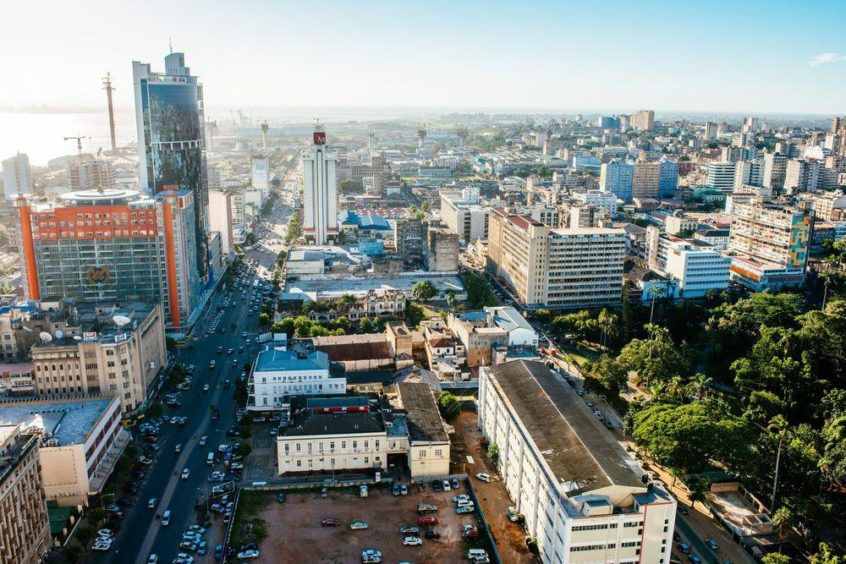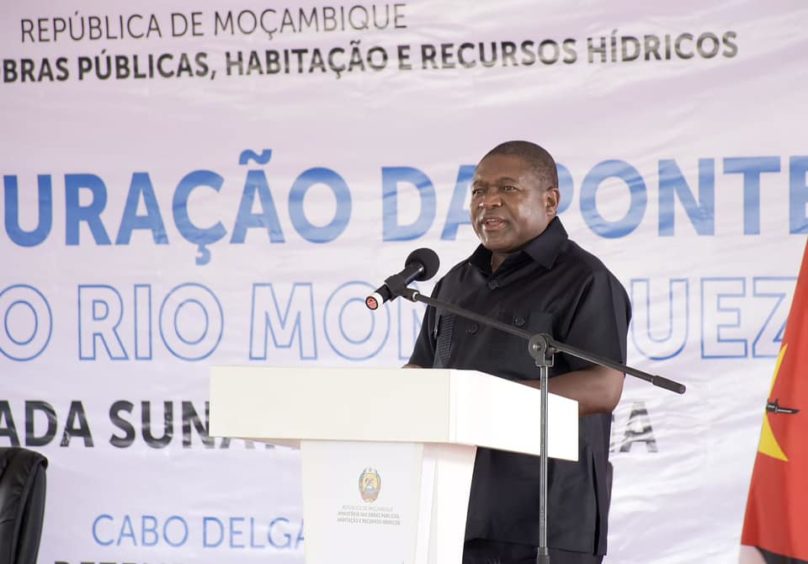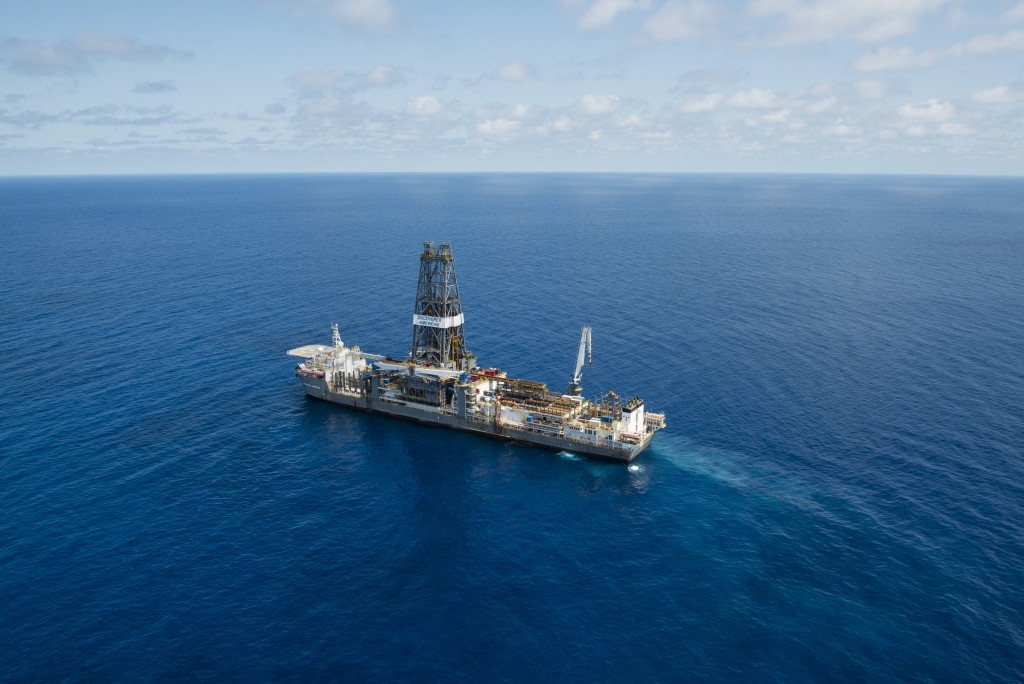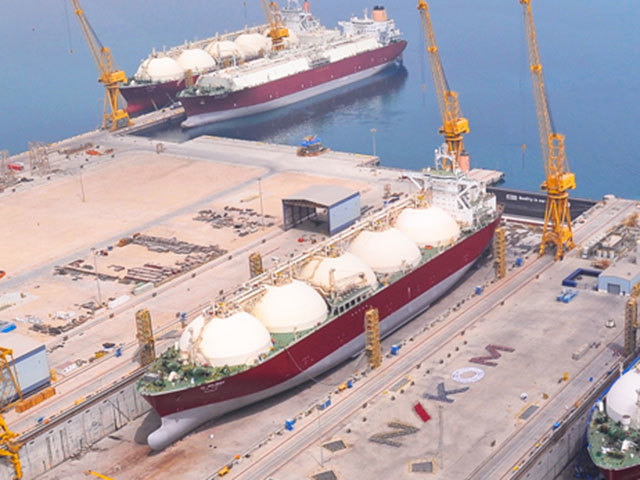
East Africa is in a prime location to export gas globally but growth and progress has largely been slow, largely because of fluctuating liquified natural gas prices, political instability and terrorism.
With mounting competition from other natural gas exports, not least Qatar and the US, companies are unlikely to rush into new East Africa LNG approvals.
Mozambique LNG prospects
Northern Mozambique is leading the way, with two LNG plants under construction. Eni is due to start work on the 3.4 million tonne per year Coral Sul floating LNG (FLNG) in the third quarter of 2022. Total is working on the 12.88mn tpy Mozambique LNG project and has said it expects the first production in 2024.
While the Eni-led FLNG project is making strong headway, there are challenges for the onshore Mozambique LNG. Principally, a persistent Islamic state insurgency in the northern Cabo Delgado province has taken its toll on Total’s plans.
The French energy company dialled down worker numbers at the start of 2021 as the insurgency reached the gates of the natural gas Afungi LNG Park. It was considering a return in March when terrorists overwhelmed the nearby town of Palma, putting construction on hold.
Mozambique President Filipe Nyusi has been resistant to international involvement in securing Cabo Delgado but pressure is mounting.
Despite the difficulties of operating in Mozambique, the natural gas resource potential is substantial.
The challenge facing companies in the East African region is how to develop this resource in the most cost-effective and safe way.
ExxonMobil was due to take FID on its Rovuma LNG project in 2019 but pushed this back.
“Exxon has talked about increasing the scale of Rovuma LNG from 15.2mn tpy to 16.4mn tpy. There are always ways to re-engineer projects and field developments, in order to achieve economies of scale, drive down costs, and ultimately improve the project economics and competitiveness,” said GaffneyCline’s global director of gas and LNG Ryan Pereira.
Energy companies consider cost-cutting their East Africa LNG assets
He went on to note reports that Exxon and Total were holding talks on “re-negotiating the 2015 unitisation agreement, driven by the likelihood that development of straddling reserves and resources would be cheaper than their own non-straddling licences.”
Under the original unitisation agreement in 2015, Eni and Area 1’s then operator Anadarko Petroleum agreed to develop 24 trillion cubic feet (680 billion cubic metres) of gas. The companies would split this amount 50:50 between Areas 1 and 4.
They agreed that future joint venture gas projects and developments would be pursued through a joint operator. Standard Bank’s Paul Eardley-Taylor, talking during a Menas webinar on Mozambique, said the unitised area held 86 tcf (2.4 trillion cubic metres).
“By the end of 2023, the companies will have to put forward plans to develop 150 tcf [4.2 tcm] of gas. How aggressive will they go? Standard Bank sees LNG production of as much as 90mn tpy from the Rovuma Basin,” Eardley-Taylor said in late February.
Exxon might take FID on its Rovuma LNG plan by the end of 2022, and reaching commissioning in 2027, Standard Bank expects. The companies may reach a unitised train development in 2025-26, with commissioning in 2030.
The bank also sees Total approving a second phase of Mozambique LNG in 2023, with commissioning in 2027.
Tanzania LNG growth potential
While Mozambique is making headway – and clearly with further running room – neighbour Tanzania is moving much more slowly in its gas sector construction activities.
The government decided to approve Aminex’s farm-out late last year – after a considerable delay – and investors may have taken heart from an agreement with Kabanga Nickel.
Verisk Maplecroft’s senior Africa analyst Edward Hobey-Hamsher expressed concerns for the longer term, though.
“We expect this rebound in confidence to be short-lived, with the unfavourable terms of the Kabanga deal and a series of international arbitration cases reopening wounds between large scale miners and the government,” Hobey-Hamsher said.
He went on to pour cold water over plans in the LNG sector. “The government’s share of over 90% means projects are globally uncompetitive. The breakeven price is considerably more expensive than other regional pre-final investment decision projects, including in neighbouring Mozambique.”
Equinor announced in January that it had taken a $982 million write down on its Tanzania LNG project. The Norwegian company said it had made progress on the commercial framework. However, the overall economics “have not yet improved sufficiently to justify keeping it on the balance sheet”.
Pereira highlighted the challenges around monetisation that the Tanzanian gas reserves demonstrate.
There are perhaps difficulties in “negotiating and agreeing host government agreements (HGA) and appropriate fiscal mechanisms that not only work for the country, but are also sufficient to attract foreign investors for whom Tanzanian gas development is one piece in a larger portfolio, and in which capital will only be deployed to the lowest cost and highest value accretive opportunities.
Long term East Africa LNG prospects
“Given current progress,
Tanzania LNG looks like a next decade project, more like 2030 plus, but it would be wrong to say it will never go – the growth in gas and LNG demand will cause a pull for projects over time even under renewable energy dominated scenarios.”
Hobey-Hamsher also saw things becoming more positive further out.
“It is well placed geographically to benefit from increased LNG demand in Europe and Asia and prices towards the end of the decade. But this will require perseverance by international oil companies and patience by their shareholders,” he said.
Tanzanian President Samia Suluhu Hassan has the opportunity to tackle some of the problems in the country – and has spoken of wanting to do so. She has talked about taking steps to curb bureaucracy and provide further transparency for investors.
The country heads of Shell and Equinor published an op-ed in a local newspaper in April calling for a host government agreement (HGA) this year.
Belt and Road initiative involvement
China has close links with Tanzania and PetroChina has a stake in Mozambique’s Area 4. It has designated Ethiopia’s gas export plans as part of its Belt and Road Initiative, though.
China’s Poly-GCL Petroleum drilled two initial wells in Ethiopia in 2015. It then opted to pursue an FLNG export plan. This involved a 770 km gas pipeline to a proposed 3mn tpy vessel offshore Djibouti.
The plan stalled in 2020 amid the pandemic and low LNG prices. The FLNG project was expected to cost around $4bn.
2020 was a low point for the LNG industry, with low prices taking their toll on plans for new projects.
The world will want more LNG, though. BP’s World Energy Outlook expects demand to pass the 1,000 billion cubic metre mark by 2050. This is up from 425 bcm in 2018.
Around 60% of that increase comes in the next 10 years, BP said. LNG will flow increasingly to Asian markets.
Future LNG Price points and growth
New demand is price sensitive, says GaffneyCline’s Pereira.
“In today’s world of abundant gas supplies, arguably the most important hurdle that gas monetisation has to clear is that of cost competiveness, in development, production, liquefaction and transportation. The major expanding gas consumer powerhouses, China and India, and new and growing buyers such as several South Asian as well as African buyers are all price sensitive, increasingly so in a market that is becoming more and more commoditised.”
Qatar reversed 2020’s slow rate of progress in dramatic fashion in February 2021. The FID will ensure the state remains the leading supplier of LNG. However, this decision has thrown up challenges for other suppliers’ plans.
Pereira was sanguine about the competition. Increased prices and demand may help spur further FIDs in late 2021 to 2022, he predicted.
“We all know that the long run marginal cost is not $4-5 per mmBtu, or lower, which was the reality for many suppliers delivering to global markets in 2020,” he said.
Qatar has signalled plans for a second expansion. Additional volumes may come from Russia, the US, Canada, as well as East and West Africa, he said.



